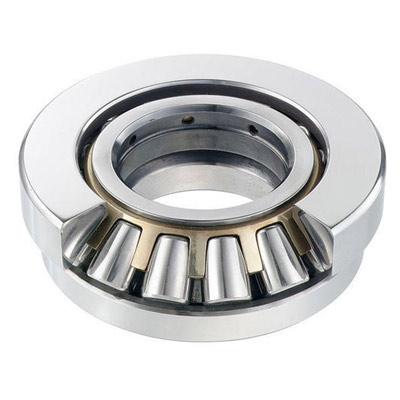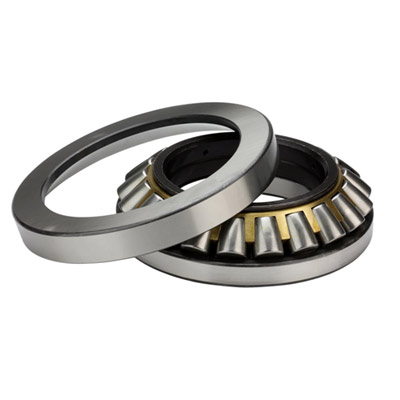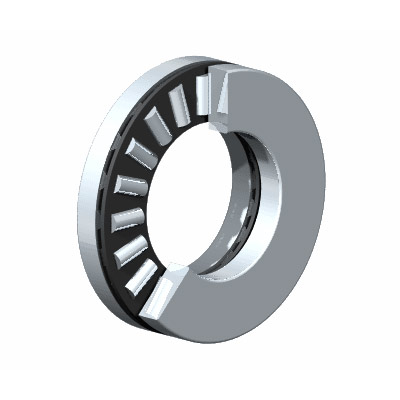Rolling Bearings
Ball Bearing
A ball bearing is a type of rolling-element bearing that uses balls to maintain the separation between the bearing races.
The purpose of a ball bearing is to reduce rotational friction and support radial and axial loads. It achieves this by using at least three races to contain the balls and transmit the loads through the balls. In most applications, one race is stationary and the other is attached to the rotating assembly (e.g., a hub or shaft). As one of the bearing races rotates it causes the balls to rotate as well. Because the balls are rolling they have a much lower coefficient of friction than if two flat surfaces were sliding against each other.
Ball bearings tend to have lower load capacity for their size than other kinds of rolling-element bearings due to the smaller contact area between the balls and races. However, they can tolerate some misalignment of the inner and outer races.
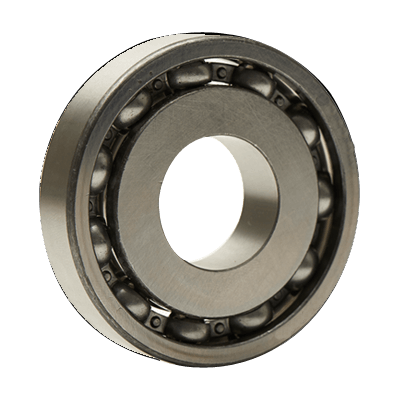
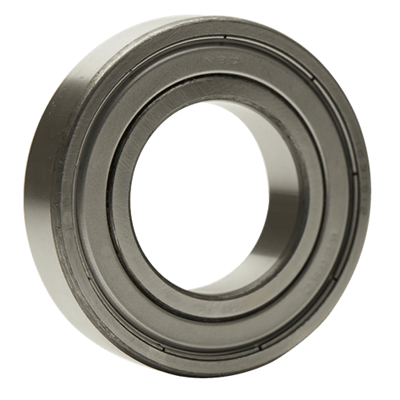
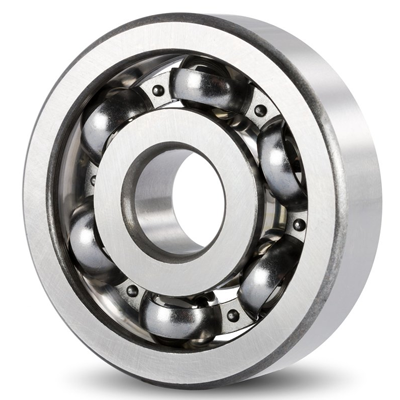
Cylindrical Bearings
Cylindrical Roller Bearings are designed to carry heavy radial loads. These bearings are made with a single row, two rows, or multi-rows of rolling elements to meet an application's radial load requirement. Available in many standard series and configurations, they are widely used in multiple industries. The combination of high load capacity, moderate speed rating, and industry interchange ability make it one of the most popular bearing designs. These are produced in ISO series metric, ABMA series metric and inch, journal type, Full Complement series, multi-row series, and cluster mill sizes. These bearings are dimensionally interchangeable to same numbered and sized bearings in the industry. Components of journal bearings and other standard series are made interchangeable with other manufacturer's components. Many mounting arrangements can be achieved with the multiple configurations available with same load capacity for a given I.D., O.D. and width. Our cylindrical roller bearings can be manufactured in sizes from 3” bore diameter to 84” outside diameter. Internal radial clearances and cage designs can be engineered to your specific application when special applications are encountered.
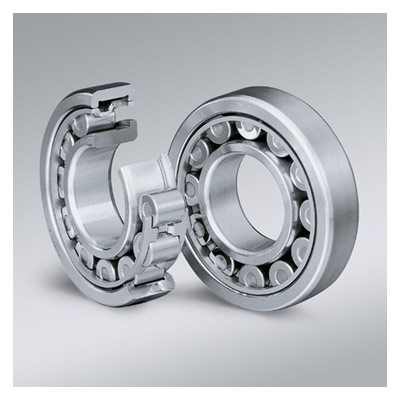
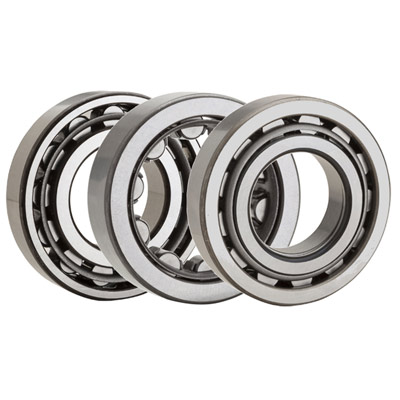
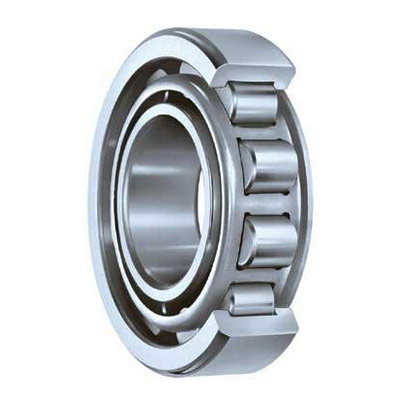
Spherical Bearings
Spherical bearings are self aligning bearings used extensively on the driven parts in the aerospace, automobiles, railways and industrial machines. We offer distinctive products that will fit your needs, such as teflon bearings that have a self-lubricating function, or metal to metal bearings that perform well under static and high load environment.
Spherical plain bearings are manufactured in a wide variety of materials and are designed to offer bearing solutions in almost any operating environment. We offer a complete line of spherical bearings available in inch and metric. These High-Quality Spherical Plain Bearings are suitable for heavy-duty, off-highway vehicles, agricultural equipment, construction and mining and logging equipment, packaging and textile equipment, and robotics. The plain bearings come in standard industrial bore sizes from 0.5" to 12" inches, as well as metric sizes from as small as 4 to 300 mm. Custom sizes can also be ordered.
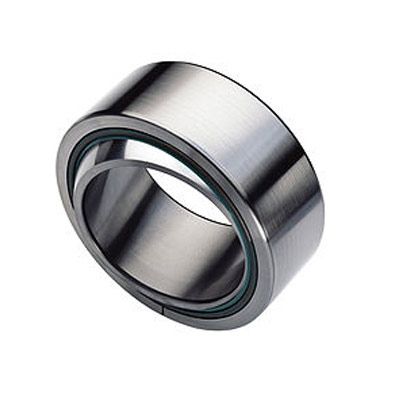
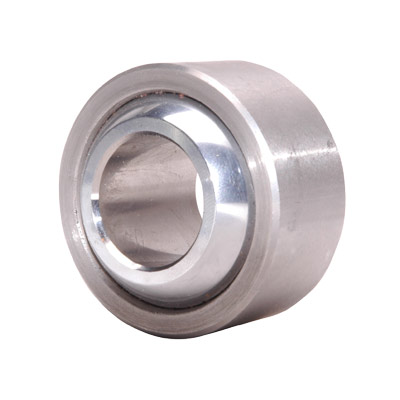
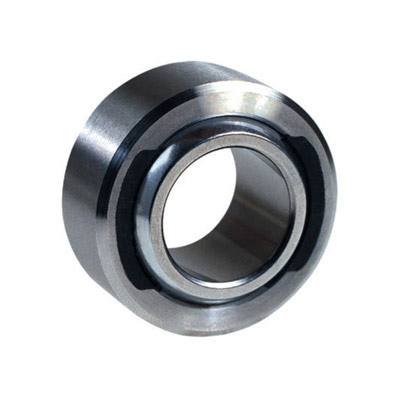
Tapered Roller Bearings
This type of bearing is composed of an inner ring, outer ring, and tapered rolling elements. Thanks to the geometry of their design, tapered roller bearings can withstand combined loads (axial and radial). In addition, this design allows rolling movement without the rollers slipping off the tracks of the outer and inner rings.
The contact angle of the tapered roller bearings on the rolling tracks is variable, which in each case offsets the application axial and radial loading ratio; at a larger angle, a greater ability to withstand axial loads.
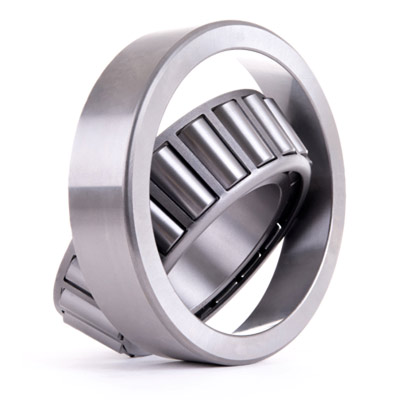
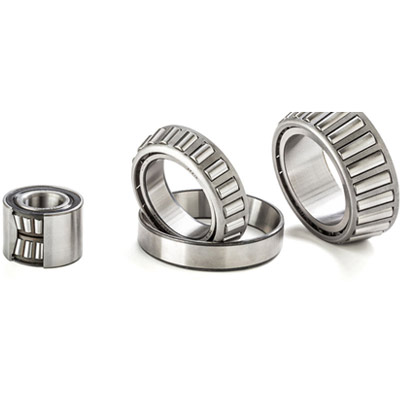
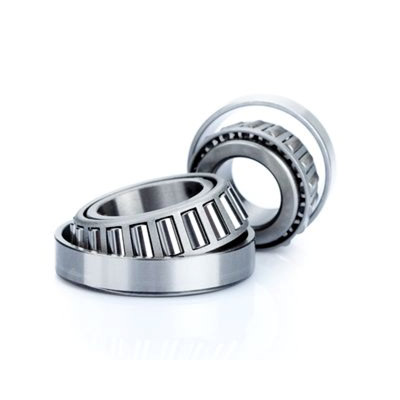
Thrust Roller Bearings
A cylindrical roller thrust bearing is a particular type of roller bearing. Like other roller bearings, they permit rotation between parts, but they are designed to support a high axial load while doing this (parallel to the shaft). Higher speed applications require oil lubrication. Generally, they are composed of two washers (raceways) and the cylindrical roller elements which are typically caged. As opposed to roller thrust bearings, ball thrust bearings can generally operate at higher speeds but at lower loads.
